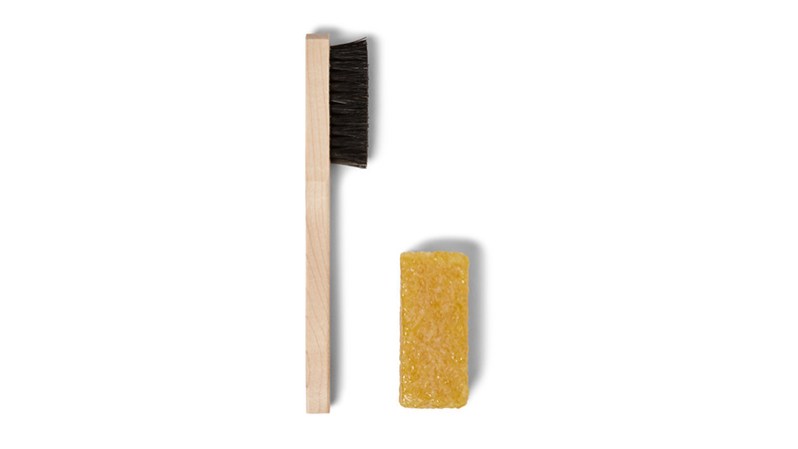Whether it be a pair of leather loafers, a rider’s jacket, a reading chair, a briefcase, or even a sleek wallet, there’s nothing quite as stunning as a well-made leather product. This classic material is timeless, elegant, and designed to withstand a plethora of everyday stains and scrapes.
However, just because leather’s famously durable doesn’t mean you should avoid giving it some TLC. To ensure a long life for your favorite leather goods, it’s vital to regularly clean them and perform some light maintenance. To get you started on how to care for leather, we’ve assembled a handy guide with tips and tricks provided by Whitney Tinsley, director of leather education at Moore & Giles.
Spot Clean Stains
A major rule of thumb for leather care is to clean stains as quickly as possible. While you won’t always be able to catch spills right as they happen, being able to remove them as soon as you spot them will help to prevent extreme discoloration.
“We suggest a mild solution of three parts ivory dish soap to one part distilled water for minor stains,” explains Tinsley. “If you were to spill wine on a leather chair, for example, you’d simply apply the solution to the affected area and blot with a white cloth.”
“That being said, leather corrects itself over time,” adds Tinsley, “so even marks that seem major will eventually contribute to the overall patina.”
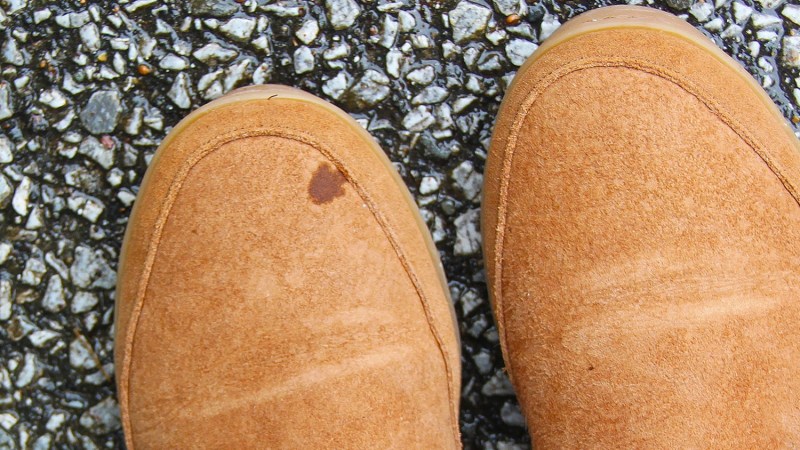
Condition When Necessary
In instances in which a stain has set overnight or isn’t drying in an attractive way, experts recommend applying a leather conditioner not only to the stain, but to the entire product, be it a piece of furniture, handbag or jacket.
“When you do condition, oftentimes the area will get a lot darker, so you’ll need to condition more than just the affected area to retain consistency across the fabric,” says Tinsley. “Apply the conditioner, let it sit for a few minutes, then wipe off the excess.”
Consumers are also encouraged to use conditioner if they notice signs of fading, as it will rehydrate and reintroduce oils into the leather.
Handle With Clean Hands
An important thing to keep in mind is that the natural oils from human skin will gradually discolor leather over time, so it’s a smart idea to keep your hands clean when handling your most precious products.
However, even if you were to wash up every time before grabbing your favorite handbag, Tinsley says it’s nearly impossible to fully protect leather from our skin—and that’s totally okay.
“Our body oils will encourage the aging of leather, especially with the types used on bag handles, jacket zipper openings and chair arms,” says Tinsley. “While it may seem like damage, it all contributes to the leather’s ever-evolving look.”
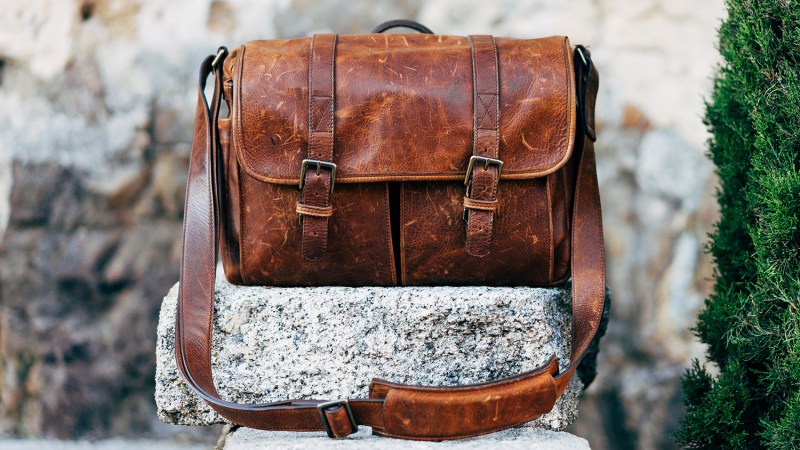
Dust, Dust, Dust!
Aside from wiping down your leather goods with plain, white cloths, it’s also crucial to regularly dust them to prevent irritation.
“Dust has a way of drying out the surface of a leather, so it’s a good idea to periodically dust leather products, especially jackets that spend a lot of time in the closet,” she says. “Not only will this protect the oils in the leather, but it will help to create longevity.”
Just like our own skin, leather needs to breathe, so after you’re done dusting your jacket, leave it to air out before stuffing it back in the closet.
A Note On Suede
While most natural leather goods don’t require any special erasers or brushes, suede products are the exception and require a bit more tender loving care.
As Tinsley explains, suede lacks the protective outer layer of other leathers, which gives it its trademark velvety texture, but also makes it more susceptible to stains and scratches.
To safeguard against any permanent damage, invest in a rubber cloth that picks up dust and dirt without irritating the suede too much. For some product suggestions, see our roundup at the end of this guide.
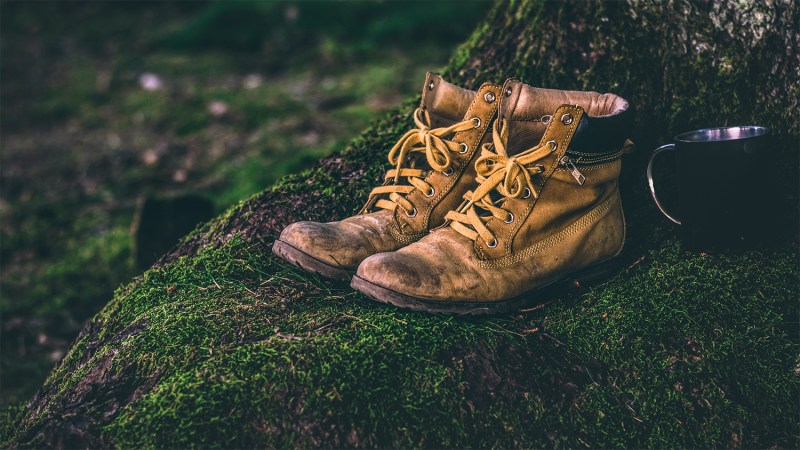
Leather Will Change
Though these tips will help to keep your bags, shoes and jackets looking fresh and stylish, there’s no way to fully preserve the original veneer of a newly bought leather product. Leather is meant to change as it gets older, and it’s through this aging that the fabric’s true value is revealed.
So instead of getting upset over minor stains, scratches or blemishes, think of a leather’s patina as a reflection of the life it’s led and all the adventures it’s gotten to have.
To learn more about leather care or to scope out some great leather products of your own, check out Moore & Giles’ online store, which features elegant duffel bags, wallets, laptop portfolios and more.
Get The Goods
FRYE Leather Conditioning Cream – $9
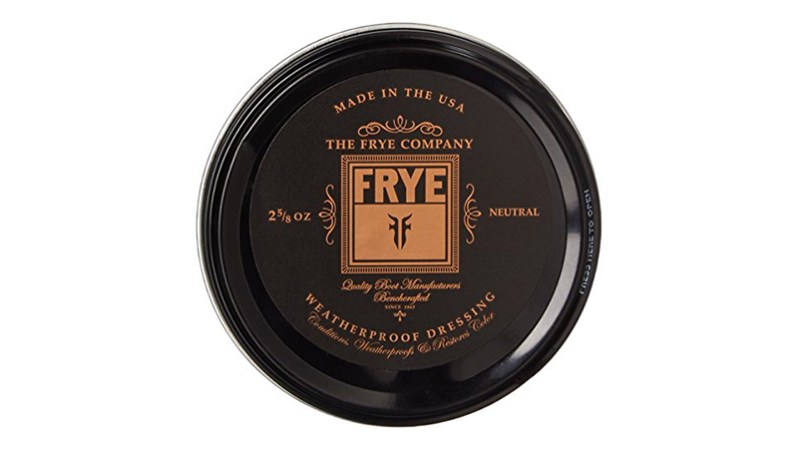
Cole Haan Leather Conditioner – $8
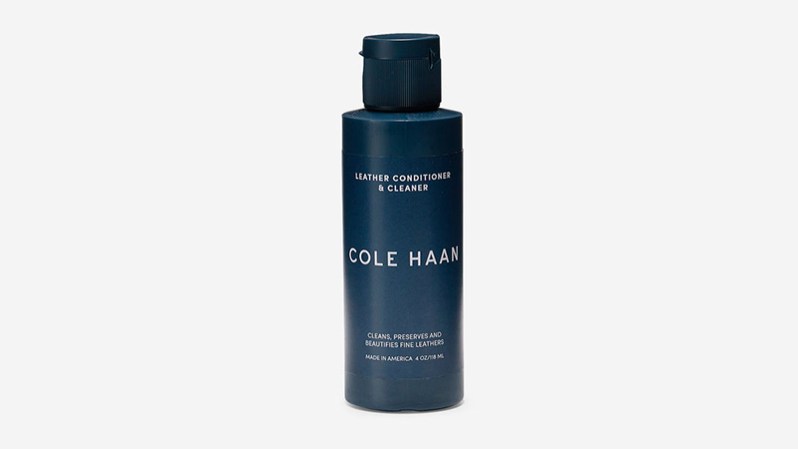
Jason Mark Suede Cleaning Kit – $12
